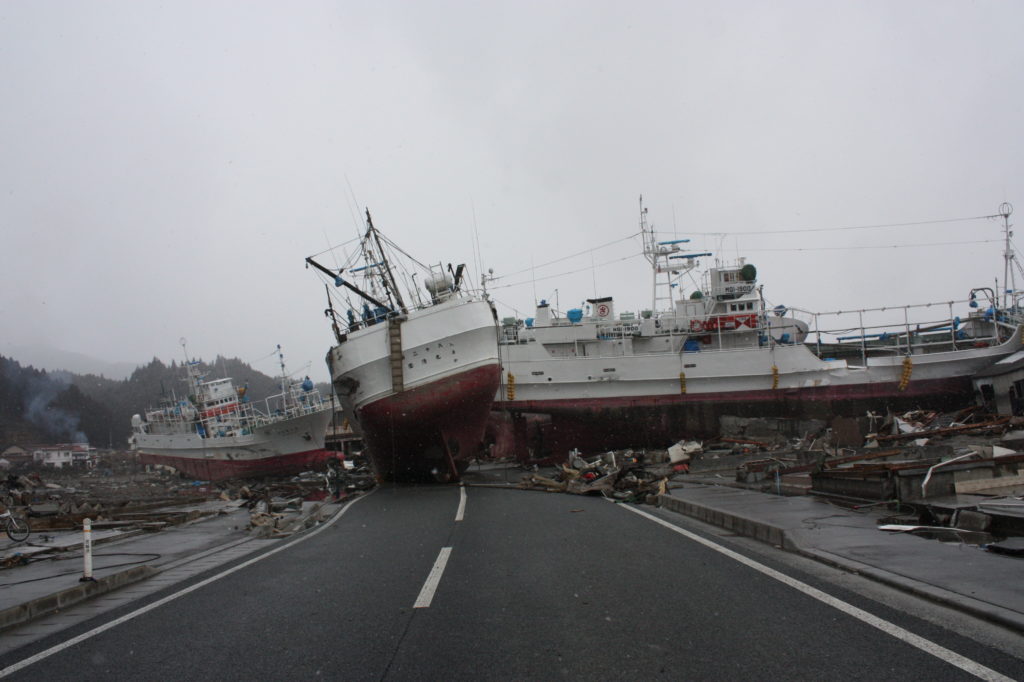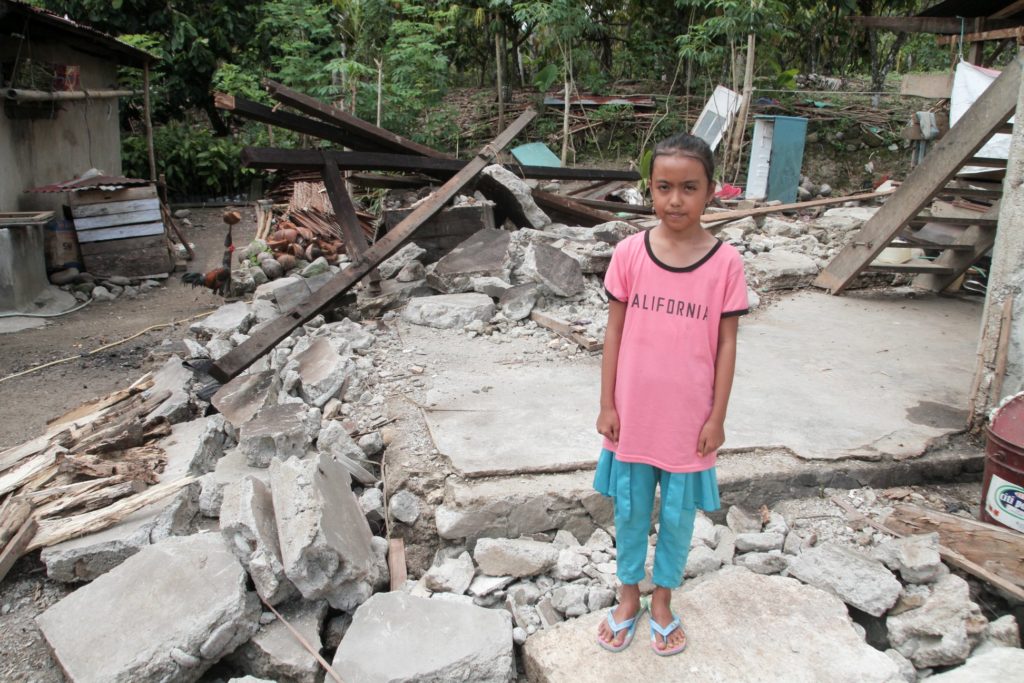The Japanese disaster word the whole world knows and fears
The risk of disaster is a fear known across the globe. Experts and governments often emphasize earthquakes or hurricanes as the most dangerous major disasters. There is a disaster even more destructive that induces fear–tsunamis.
According to the UNISDR, tsunamis alone have cost $280 billion and over 251,000 deaths over the last twenty years. Combining damages from both earthquakes and tsunamis, the number then skyrockets to $661 billion. For comparison, the 2011 Great East Japan Earthquake and Tsunami accounted for 19,000 deaths and $228 billion in economic losses.

The Asia Pacific is one of the most disaster prone regions and its continued population growth has raised concerns of disaster management and preparedness. The September 28 Sulawesi Earthquake and Tsunami has sparked discussion of the need for disaster preparedness, particularly in disaster-prone countries with large numbers of communities who are low-income or live in poverty.
Recovery from tsunamis can take years, sometimes decades. Indonesia is no stranger to devastating tsunamis. In December 2004, a massive 9.1 earthquake triggered many large tsunamis, one of which hit Indonesia and killed over 130,000 people. The resulting damage stalled already struggling communities for years by disrupting livelihoods and destroying homes and supplies. Even in Japan, a country often revered for its achievements in preparedness and high standards for risk management, communities have not fully recovered from the 2011 earthquake and tsunami.

Disasters like Sulawesi demonstrate the need for preparedness. Disasters perpetuate poverty by trapping communities in a cycle of destruction and rebuilding that is difficult to escape. Mami Mizutori, the UN Secretary-General’s Special Representative for Disaster Risk Reduction, stated, “We need to support Indonesia in their efforts to build back better.”
Tsunamis will not be going away, but we can prepare for the next one. Please support and join Peace Winds to help hard-hit communities build disaster resistant structures and to develop disaster mitigation plans.
READ MORE about Peace Winds’ preparedness initiatives and programs.
DONATE HERE to support Peace Winds’ disaster preparedness programs.